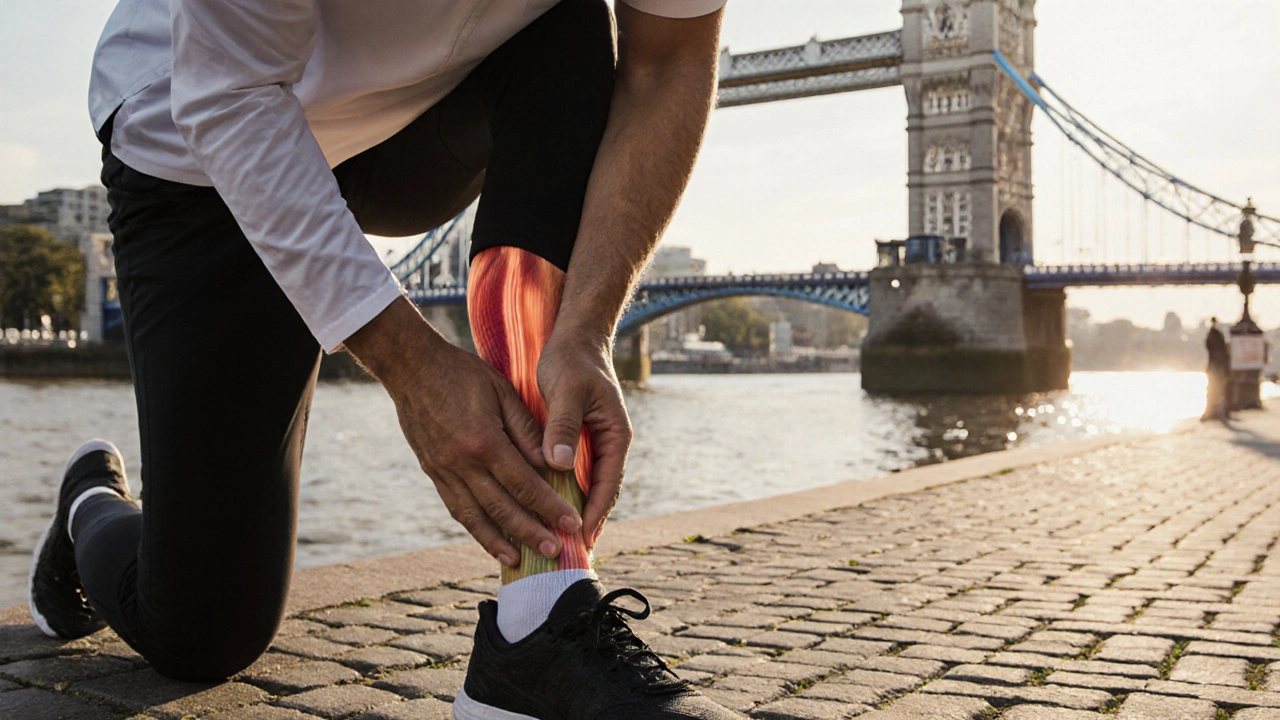Injury Prevention Massage – Your Guide to Staying Safe and Flexible
When talking about injury prevention massage, a targeted bodywork approach that reduces the risk of strains, sprains and chronic pain. Also known as preventative massage therapy, it injury prevention massage blends specific strokes, pressure levels and timing to keep muscles and joints in peak condition. The practice encompasses specialized methods like sports massage, while it requires a therapist who understands anatomy and load management. In short, the right technique can stop a small ache from becoming a big setback.
Core Techniques That Make Up Injury Prevention Massage
One of the most common sub‑styles is sports massage, a high‑intensity routine designed for athletes before, during and after training. It influences recovery speed and helps prevent overuse injuries by improving blood flow and loosening tight fibers. Another pillar is deep tissue massage, a focused treatment that works deep into muscle layers to break up adhesions. This method requires firm pressure and is ideal for chronic tension that could otherwise limit mobility.
For those who enjoy heat therapy, hot stone massage, a technique using warmed stones to relax deeper tissues adds an extra layer of protection. The warmth enhances circulation, making it easier for the body to release knots that might otherwise turn into strain. Meanwhile, foot massage, a focused session on the feet and arches addresses the foundation of many movement‑related injuries. By keeping the feet supple, you reduce the chain reaction of stress that travels up the legs and hips.
Each of these modalities shares core attributes: precise pressure, strategic timing, and a focus on muscle groups that are most prone to injury. For example, a typical session might combine a quick sports‑massage warm‑up, deep‑tissue work on problem areas, and a short hot‑stone finish to lock in flexibility. The result is a multi‑layered defense that helps the body stay resilient.
Who actually needs injury prevention massage? Professional athletes are the obvious candidates, but the benefits extend to regular gym‑goers, office workers who sit all day, and seniors looking to maintain balance. Anyone who experiences repetitive motion—whether it’s lifting boxes, typing, or playing guitar—can profit from a routine that targets the muscles most at risk.
Choosing the right therapist can feel overwhelming, but a few simple checks make the process easier. Look for certifications in sports or deep‑tissue massage, ask about their experience with injury‑prone clients, and verify that they tailor each session to your activity level. A good practitioner will also educate you on post‑massage stretches and self‑care, turning a single session into an ongoing prevention plan.
Safety matters, too. Always discuss any recent injuries, medical conditions, or medications before the session starts. A qualified therapist will adjust pressure and avoid contraindicated areas, ensuring the massage supports healing rather than aggravates it. Remember, injury prevention massage isn’t about a painful grind; it’s about smart, controlled work that leaves you feeling loose and ready for your next challenge.
Below you’ll find a curated collection of articles that dive deeper into each technique, compare costs, share booking tips, and reveal the real sensations you can expect. Whether you’re hunting for the perfect sports‑massage routine or curious about how hot stones can upgrade your recovery, the posts ahead will give you practical insights to put the theory into action.
Sports Massage in London: Essential Guide for Injury Prevention
Discover why sports massage in London is a must for injury prevention, how to choose a qualified therapist, price ranges, session details, and tips for getting the most out of each treatment.
View More






